Diabetes is sneaky.
The early symptoms can go unnoticed for months or years.
In fact, 1 in 3 people with type 2 diabetes don’t know they have it.
1 in 3.
Most actually do experience the early signs but don’t realise or understand what they are.
Early detection and treatment can have a profound impact on your long-term health. A 3-year delay in diagnosis increases your relative risk of heart disease by 29% (1).
Therefore by knowing what to look for, you can take control of the situation before it takes control of you.
Diabetes Symptoms In Adults and Children
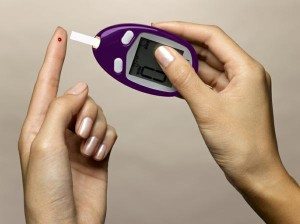
Diabetes is the term given to blood sugar (glucose) levels that are too high for a sustained period of time.
The signs or symptoms of high blood sugar are typically the same for both children and adults.
Patients with type 1 diabetes usually develop symptoms over a sudden, short period of time. The condition is often diagnosed in an emergency setting.
Type 2 diabetes on the other hand progresses quite slowly. Symptoms tend to come on gradually, which is why they are often overlooked. Some don’t experience any early symptoms at all.
The following early signs of diabetes are the most common:
1. Increased urination is arguably the most common
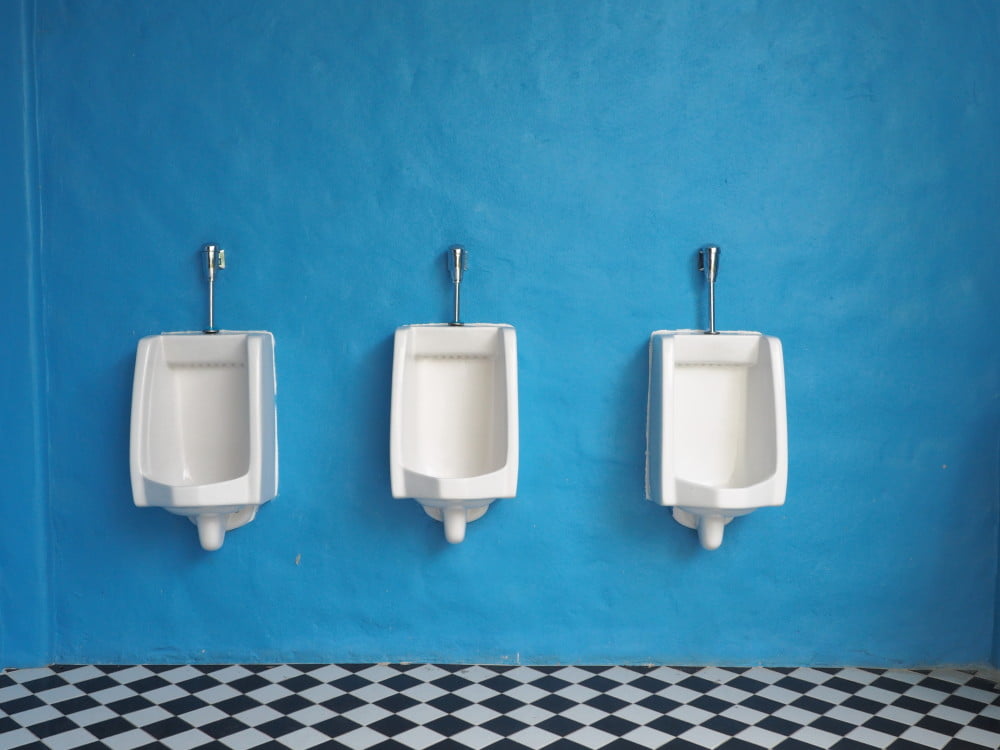
A significant increase in how often you urinate (Polyuria) is a tell-tale symptom of high blood sugar.
As a point of reference, the average person pees 4 to 7 times in a 24-hour period.
Waking up during the night to go, even though you already went right before bed, is a common red flag.
Why does this happen?: Your kidneys are working overtime to expel the excess sugar in your blood. Sugar that the kidneys are unable to absorb must be urinated out. Therefore high sugar levels leads to more urination.
2. Excessive thirst is one of the classic early signs of diabetes

Drinking unusually large amounts of fluids throughout the day and even overnight is a glaring symptom.
Intake can be something like 4 litres (1 gallon) or more per day. You can even start to feel thirsty immediately after you’ve just had a drink.
The more you drink, the more you urinate, which feeds back into the excessive urination cycle.
Why does this happen?: This is the body’s response to increased urination. With all that extra fluid loss, you become very dry and thirsty.
3. Feeling extremely hungry (even after just eating a meal)

Those with diabetes can have what seems to be an insatiable appetite. For both healthy and not so healthy foods.
The brain is constantly telling you to eat, as though you haven’t eaten a thing.
Why does this happen?: Diabetics cannot self-regulate blood sugar well, which leads to significant fluctuations in blood sugar levels. When these levels plummet, the brain thinks it is starving and craves more sugar and calories.
4. Unexpected and unintentional weight loss
Rapid and unintentional weight loss is one of the more obvious signs of diabetes. This could be anywhere from 5-10 kg (11-22 lbs) in a matter of weeks or months.
This symptom is much more typical of those with type 1 diabetes, where sugar metabolism can shutdown very quickly.
Why does this happen?: Without new energy coming into the cells, the body is tricked into thinking you are in starvation. In order to provide energy, the body responds by breaking down protein in the muscle, which leads to muscle deterioration and the unexpected weight loss.
5. Unusual fatigue and feeling very weak
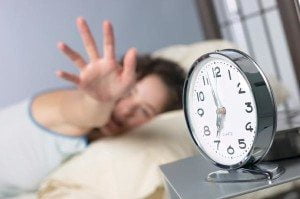
Unmanaged diabetes will leave you feeling lousy, tired and lazy.
It can even be described as fatigue or extreme lethargy, where you are feeling too weak to do your regular everyday activities.
Why does this happen?: With sugar remaining in the blood rather than entering the cells for energy, you literally have less energy. The body is also expending additional energy to compensate for its irregular sugar levels. Kidneys in overdrive, coupled with regular sugar crashes and poor sleep (due to frequent urination) starts to take its toll.
6. Tingling (pins and needles) or numbness in hands or feet
A tingling or numb sensation in the body’s extremities – such as hands and feet – is a common early sign of diabetes.
It tends to occur first thing in the morning after you wake up, and can even feel more like a burning sensation.
Why does this happen?: Sugar that lingers in the blood will begin to damage nerves and nerve-endings. Nerves that are furthest from the heart are not well repaired due to circulation problems.
7. Blurred vision is one of the early signs of diabetes
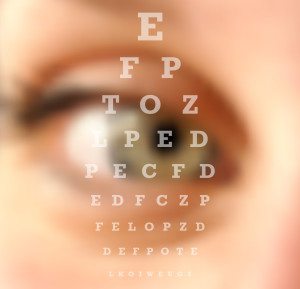
Distorted or blurred vision, as well as commonly seeing ‘eye floaters’ is a common symptom of diabetes.
Fortunately it’s largely a reversible problem once the high blood sugar levels are corrected.
Why does this happen?: Excess glucose (sugar) in the blood pulls fluids out of your cells and tissue. This includes the lens of your eye, which can swell and alter its ability to focus.
8. Itchy or dry skin
Overly itchy or irritated skin can be a sign of high sugar and hormone disruption (which is why it is the number 1 symptom of hypothyroidism).
The skin may even darken around the armpits or neck, known as Acanthosis Nigricans.
Why does this happen?: Dry skin can be the result of poor circulation and/or excessive fluid loss from urinating too much. Darkening skin is to do with a hormonal change, namely insulin resistance.
9. Cuts or wounds that are very slow to heal
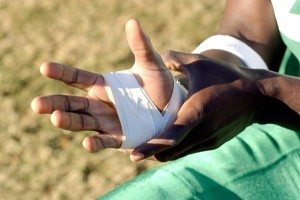
It’s not uncommon for an individual with high blood sugars to get a bruise or cut that just does not heal.
This is particularly common on the extremities that are furthest from the heart, like hands or feet.
Why does this happen?: Sugar lingering in the bloodstream begins to damage the arteries and veins, which restricts circulation. Blood is required to facilitate healing, so limited circulation to a wound or bruise will slow the healing process dramatically.
Do you have any of those symptoms?
If you experience any of those early signs of diabetes, visit your GP to test your blood sugar levels.
They can even do a non-invasive finger prick test first to get a general idea, followed by a HbA1c test.
An early diagnosis can stop these temporary symptoms from becoming permanent.
